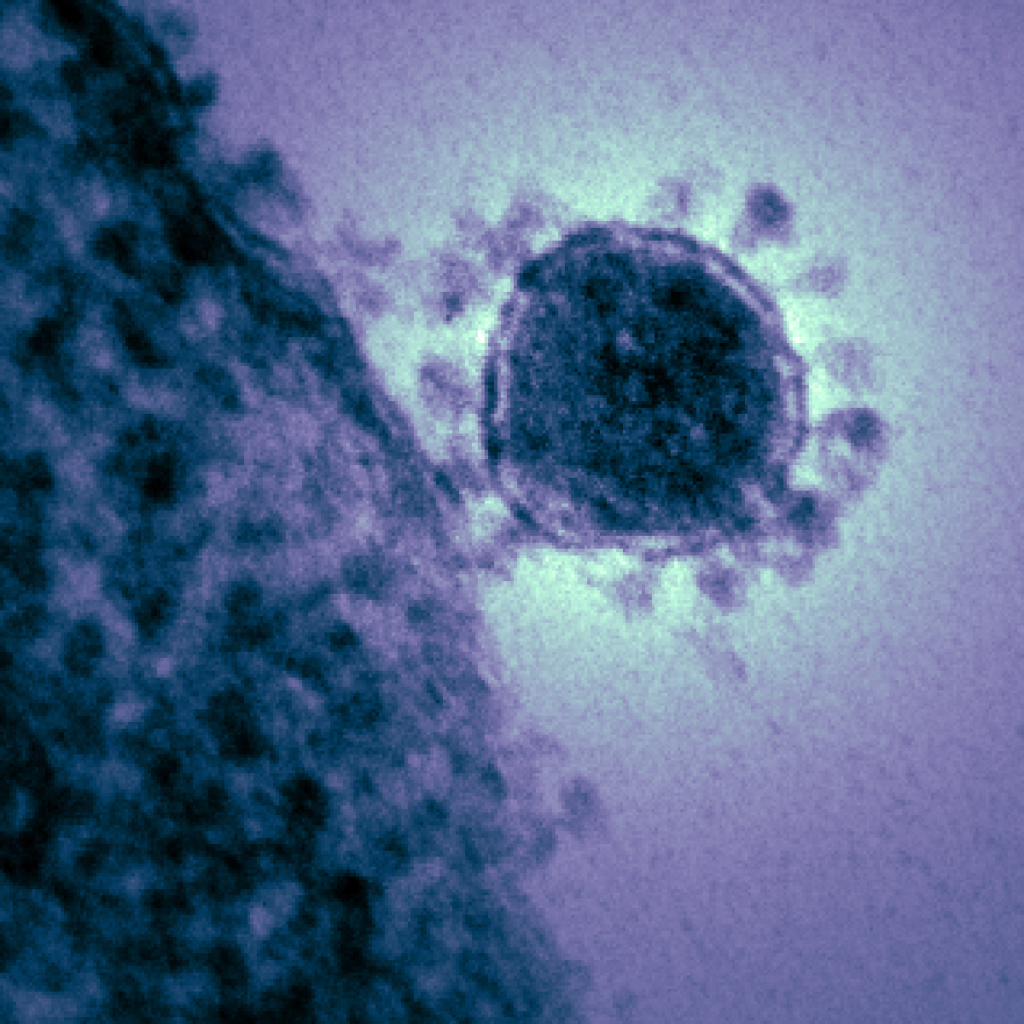Prior to 2020, there were two major outbreaks of coronaviruses. In 2003, an outbreak of SARS-CoV sickened 8098 people and killed 774. In 2012, an outbreak of MERS-CoV began which so far has sickened 2553 and killed 876. Although the overall number of MERS cases is low, the disease has a high fatality rate, and new cases are still being reported. Even though fatality rates are high for these two outbreaks, containment was quickly achieved. This makes development of a treatment not commercially viable so no one had undertaken a large effort to develop an approved treatment for either coronavirus infection.
Fast forward to late 2019/2020… well, you know what has happened. There is currently no reliable antiviral treatment for SARS-CoV-2, the coronavirus that causes COVID-19 infections.
Zhang, et al. thought of a way to make an antiviral treatment commercially viable. If the treatment is actually a broad-spectrum antiviral, it could be used to treat more than one infection, meaning, it can be used to treat more people and thus be seen as more valuable and worth the financial risk to pharmaceutical companies. So, they decided to look at the similarities between coronaviruses and enteroviruses.
Continue reading “RiboMAX and the Effort to Find Antiviral Drugs to Fight Coronaviruses and Enteroviruses”
